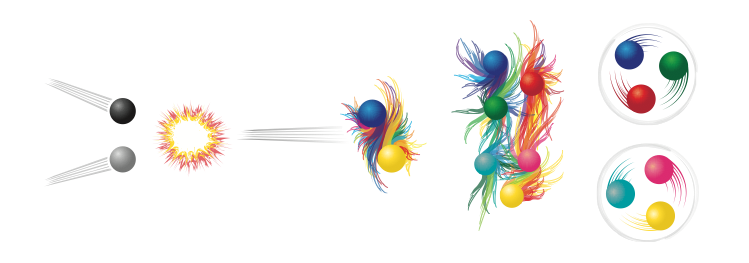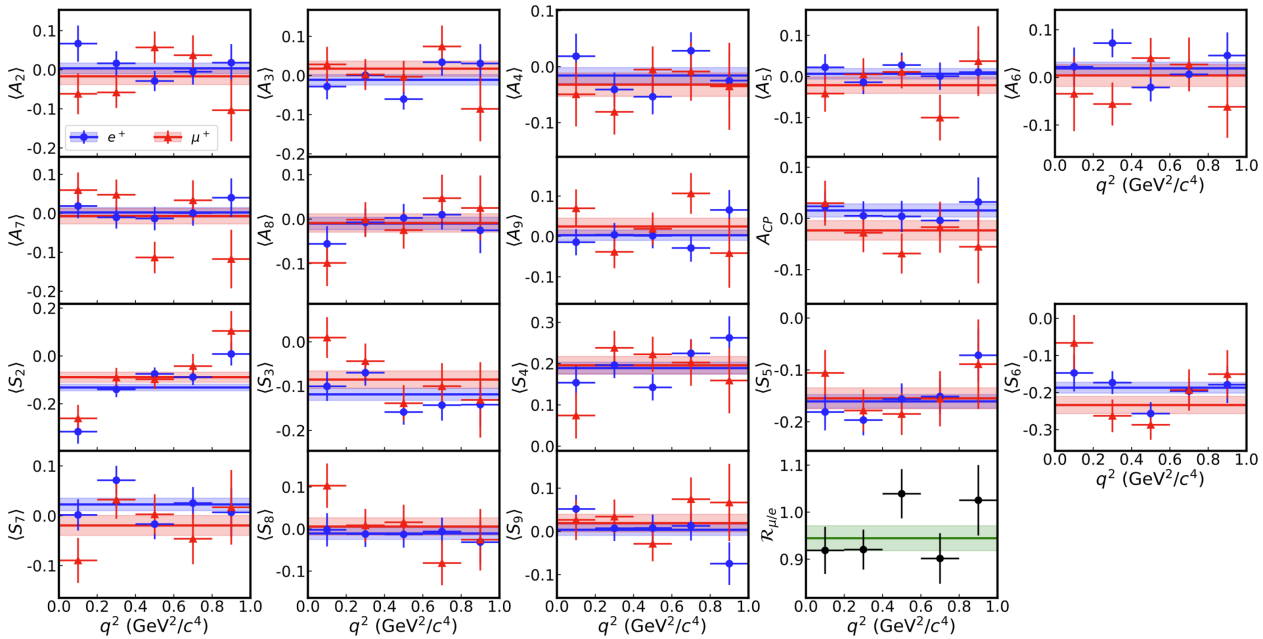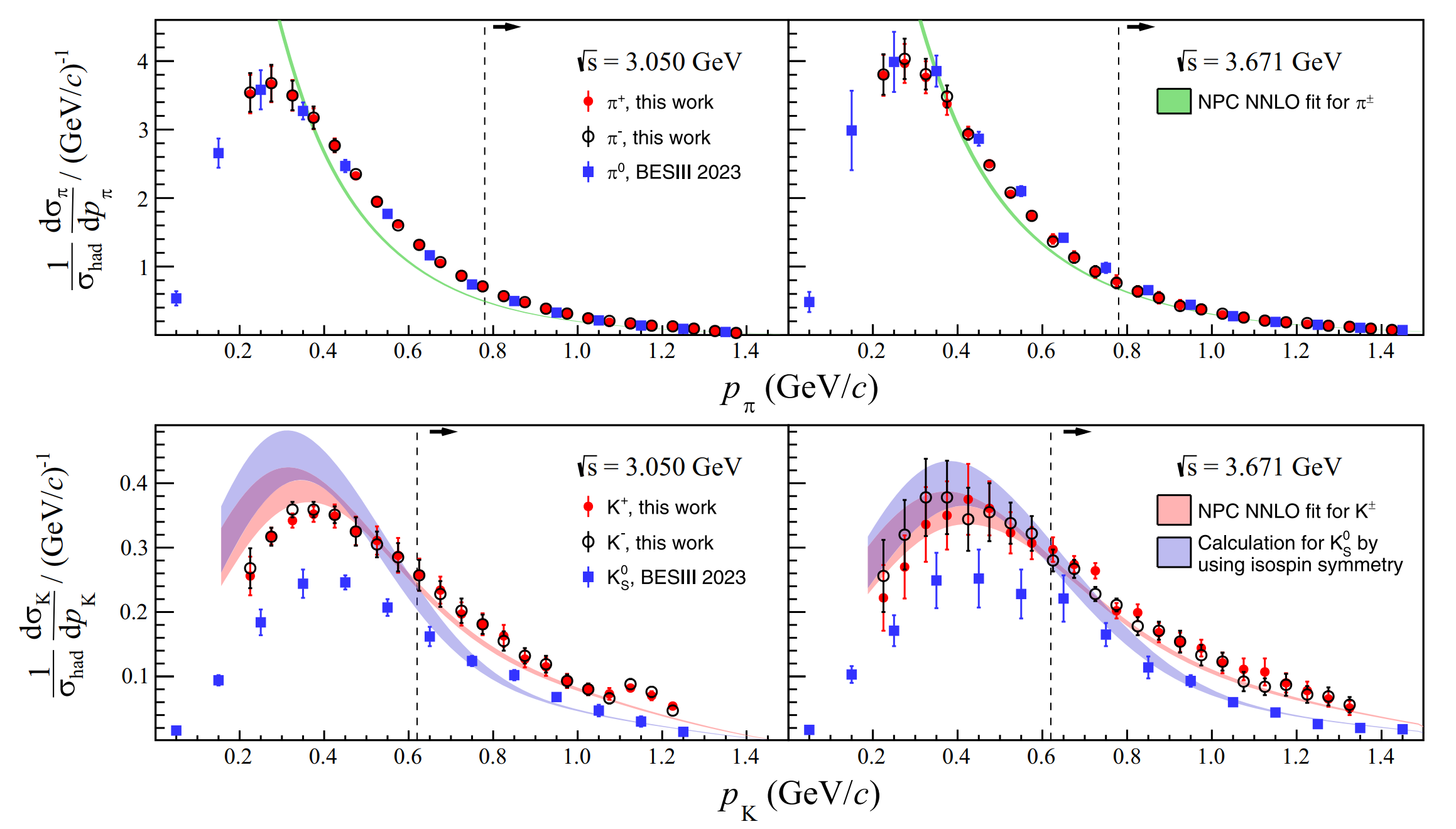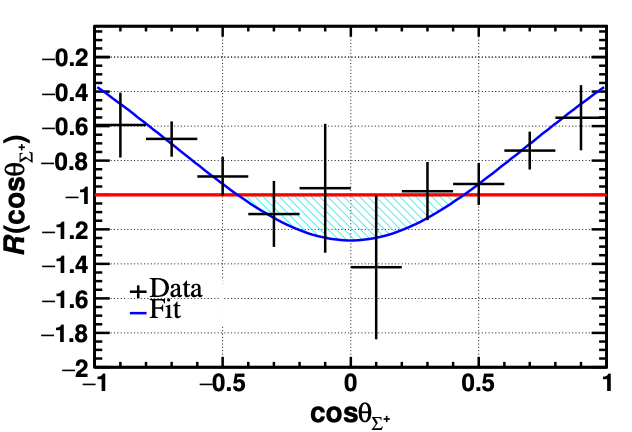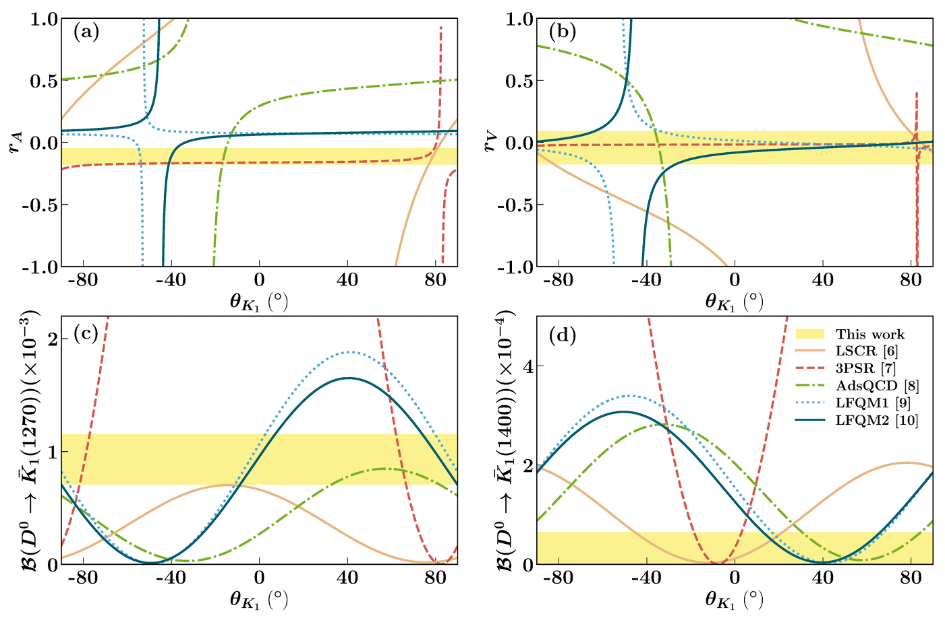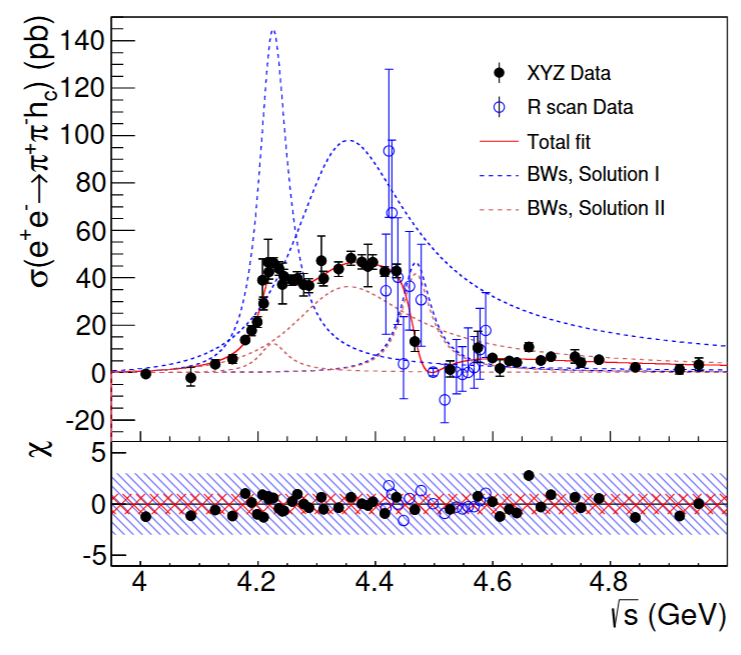Three Resonances in the Cross Section of e+ e-→π+ π- hc
The BESIII collaboration has reported the observation of three resonant structures in the cross section of e+ e-→π+ π- hc based on precise measurements at center-of-mass energies between 4.01 and 4.95 GeV. The cross section exhibits a plateau-like behavior between 4.3 and 4.5 GeV, followed by a sharp drop, revealing for the first time three distinct resonances. These resonances appear at masses of approximately 4.22, 4.33, and 4.47 GeV. The third structure was detected for the first time with a statistical significance exceeding 5σ. The results provide crucial insights into the nature of exotic particles, and have been published in Physical Review Letters on 11 August 2025 [Phys. Rev. Lett. 135, 071901].
